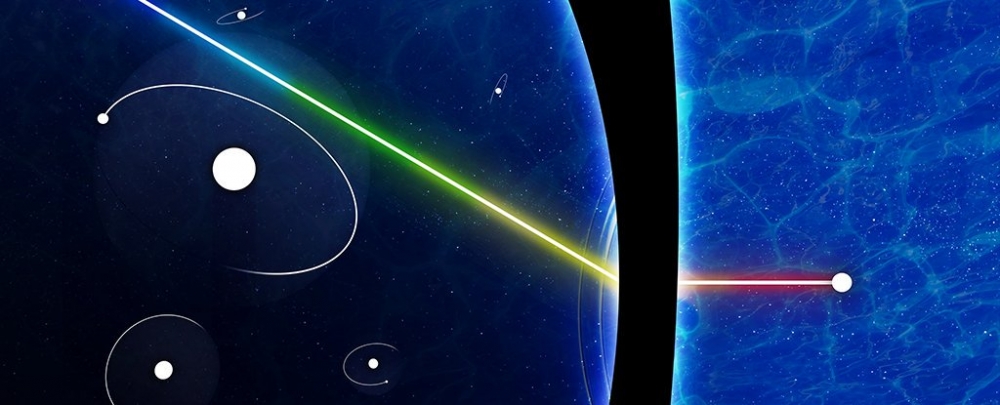For The First Time, Physicists Have Clocked The Ghostly Speed of Quantum Tunnelling

Credit: (Griffith University)
DAVID NIELD 20 MAR 2019
In quantum physics, particles can 'tunnel' through seemingly impenetrable barriers, even when they apparently don't have the energy to do so. Now, researchers have gleaned behind the curtain to better understand how this trick is done.
This problem has puzzled scientists for decades – in particular, the time it takes for particles to do their quantum tunnelling, and get from one side of a barrier to another.
In the case of the atomic hydrogen particles used in these experiments, the researchers found that it happens instantaneously.
That instant transmission had been investigated before, but now scientists have observed it in the lab by using a special piece of equipment called an attoclock: a device that uses the properties of light to measure particle progress.
"We use the simplest atom, atomic hydrogen, and we've found that there's no delay in what we can measure," says one of the team, Robert Sang from Griffith University in Australia.
See full text